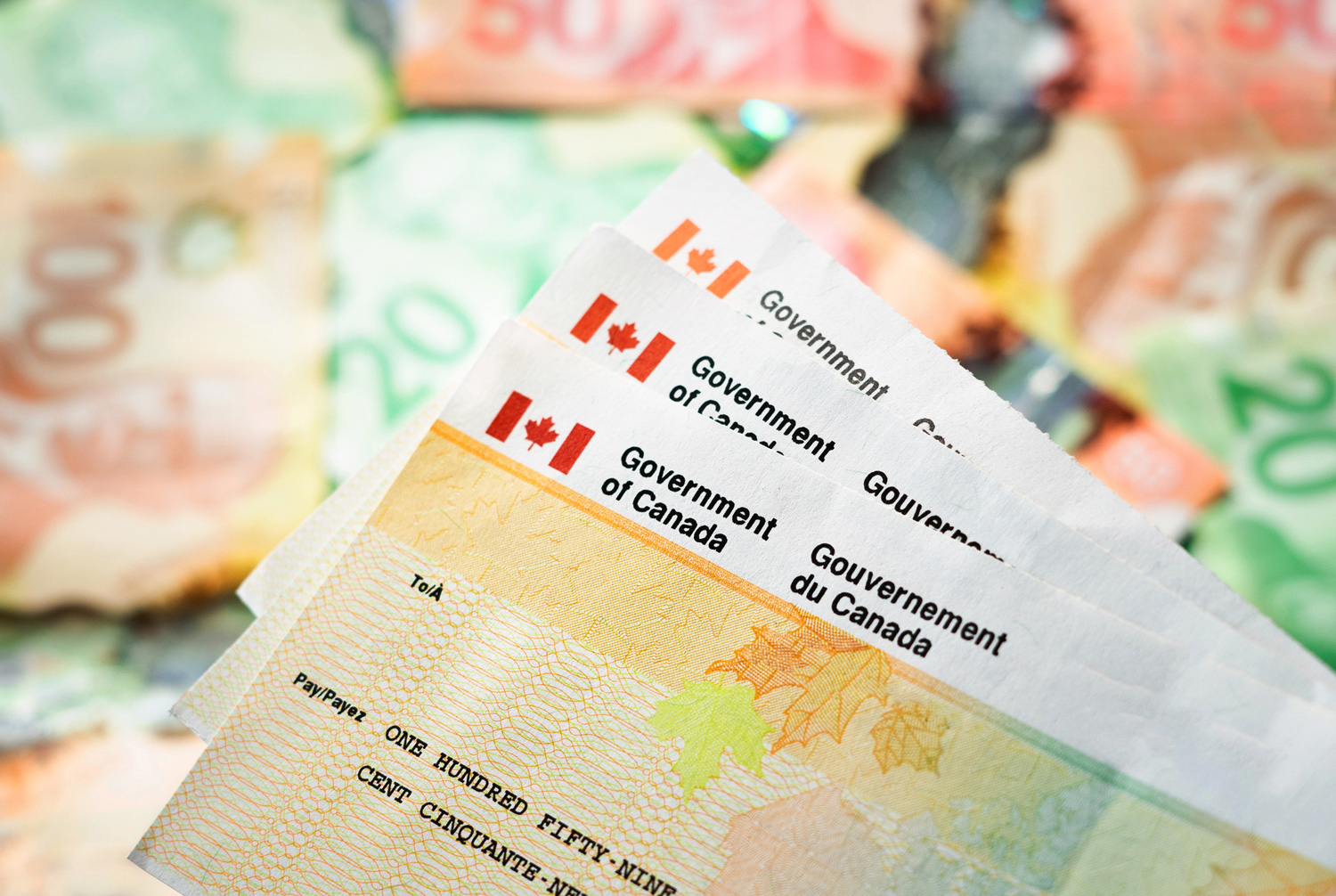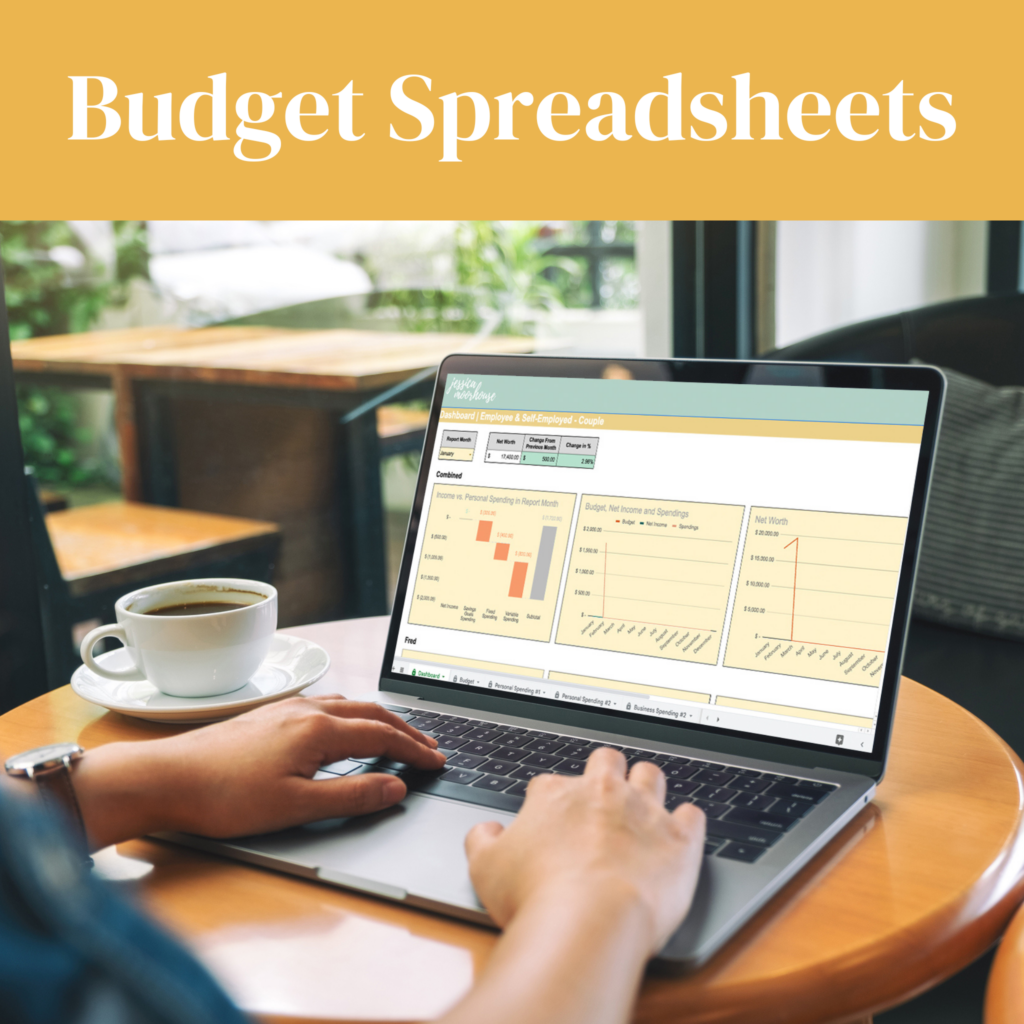It’s not all bad having to register to collect and remit GST/HST as a small business. You know why? Input tax credits! These credits allow you to get some of that money back in your pocket. But before getting to that, let me go over who has to register for GST/HST in the first place.
Do You Need to Register for GST/HST?
If you start a business, and your business earns $30,000 or more in either one calendar quarter or over the course of four consecutive calendar quarters, you are required to register for GST/HST through the CRA.
This $30,000 threshold trips people up all the time, and I get it, it’s sort of confusing, so if you still need some clarification on exactly when you need to register your business for GST/HST, either check out my video about it or check out this page on the government’s website that has a bunch of examples to make it make sense.
With that said, you can also voluntarily register for GST/HST at any time. For instance, let’s say you start a business and on day 1 you decide you want to collect GST/HST from your customers even before you’ve reached that threshold. You can absolutely do that. You can register for GST/HST at any time, even before your business has earned its first dollar. And the reason you may want to do this is because of input tax credits.
Before You Register for GST/HST, Know This…
Before I share more about that, I do just want to make you aware of something. Once you register for GST/HST, you can’t undo it or deregister your account, with the exception of your taxable business revenues falling below the small-supplier limit calculation amount.
But even still, you need to stay registered for at least one full year before you can ask to close your GST/HST account. And if you’re a taxi operator, ride share driver, or a non-resident performer selling admissions to seminars or other events, even if you’re a small supplier, you’re not allowed to deregister.
Then, the only other situations in which you’d be able close down your GST/HST account would be if you’re closing down your business. For more information on this, check out this page on the government’s website.
What Happens After You Register for GST/HST?
Ok, so let’s say you’ve registered for GST/HST, what’s next? Well, from then on your job is to first charge your Canadian customers GST/HST on your goods and services that you’re selling (FYI you do not charge customers outside of Canada GST/HST, they are exempt).
In order to do this, you need to make sure you’re using a platform that allows you to collect sales tax.
For instance, for many years I used Quaderno when selling my Wealth Builing Blueprint for Canadians course. Then thankfully, Thinkific, the platform I use to deliver the course, started collecting sales tax so I switched to that. Then I used Shopify for my budget spreadsheets (and still do alongside Thinkific) and for one-on-one clients, I use Quickbooks to invoice.
Make Sure You Have a Separate Savings Account for Sales Tax
Moreover, on the financial management side of things, I’d also suggest making a separate bank account to hold the sales tax you collect, so it doesn’t co-mingle with your business income. This is to prevent you from accidentally spending the sales tax you collected on business expenses for instance.
Filing & Remitting GST/HST
After that, either a quarterly or monthly schedule, you need to file a GST/HST return to tell the CRA how much you’ve earned and how much you’ve collected, then ultimately you have to hand over that money to the CRA. You do both of these actions by signing into your CRA My Business account, filing your return and setting up a payment.
It can be intimidating the first time you file and pay your GST/HST, and I do have a tutorial that walks you through how to do it, but honestly, you’ll soon get the hang of it and it should only take you a few minutes to do it, assuming you’ve got a good bookkeeping system in place. For instance, you can use one of my budget spreadsheets to keep track of your sales tax.
However, if your business is pretty comprehensive and you have a lot of customers or lots of different goods and services you sell, at that point I’d say invest in accounting software like Freshbooks or Quickbooks.
And if you start to feel like doing your own bookkeeping is taking you away from your business, that means it’s time to outsource to a professional bookkeeper. For years when I was just starting out, I did it all myself, but about 4 years ago I finally hired a bookkeeper who keeps all of my business finances organized in Quickbooks and it’s been the best thing I’ve ever done.
Claiming Input Tax Credits (ITCs)
So, you may be wondering, if you’re doing all this extra work for the government essentially, collecting money for them then handing it over to them, what’s in it for you? Input tax credits.
You see, when you pay GST/HST on any of your business expenses, you can actually get some of that money back through input tax credits. In other words, input tax credits allow you to recover some of the GST/HST that your business pays on purchases.
I show you what this looks like in my YouTube video.
Eligible Business Expenses
In terms of what business expenses you can claim for input tax credits, the following may qualify as an ITC:
- business start-up costs
- business-use-of-home expenses
- delivery and freight charges
- fuel costs
- legal, accounting, and other professional fees
- maintenance and repairs
- meals and entertainment (allowable part only)
- motor vehicle expenses
- office expenses
- rent
- telephone and utilities
- travel
Non-Eligible Business Expenses
In terms of common expenses that cannot be claimed as ITCs, they include:
- certain capital property
- taxable supplies of property and services bought or imported to make exempt supplies of property and services
- membership fees or dues to any club whose main purpose is to provide recreation, dining, or sporting facilities (including fitness clubs, golf clubs, and hunting and fishing clubs), unless you acquire the memberships to resell in the course of your business
- property or services you bought or imported for your personal consumption, use, or enjoyment
To learn more about ITCs and business expenses, click here.
Time Limit on Claiming Input Tax Credits
Not only that, it’s important to know there is a time limit for claiming input tax credits. In general, you’ve got 4 years to claim your input tax credits, which is why personally, I think it makes the most sense to claim those input tax credits in the reporting period in which you made that purchase.
The only situation where it would make sense to hold off doing that is if you didn’t collect enough GST/HST to apply any of those ITCs to. With that said, let’s say you don’t collect any GST/HST from customers in a reporting period but you do make some business purchases that provide you with some input tax credits you can claim on your GST/HST return. If this is the case, you can actually receive a tax refund for this, however, depending on the amount of the input tax credits you are claiming, it may trigger an audit from the CRA.


+ show Comments
- Hide Comments
add a comment